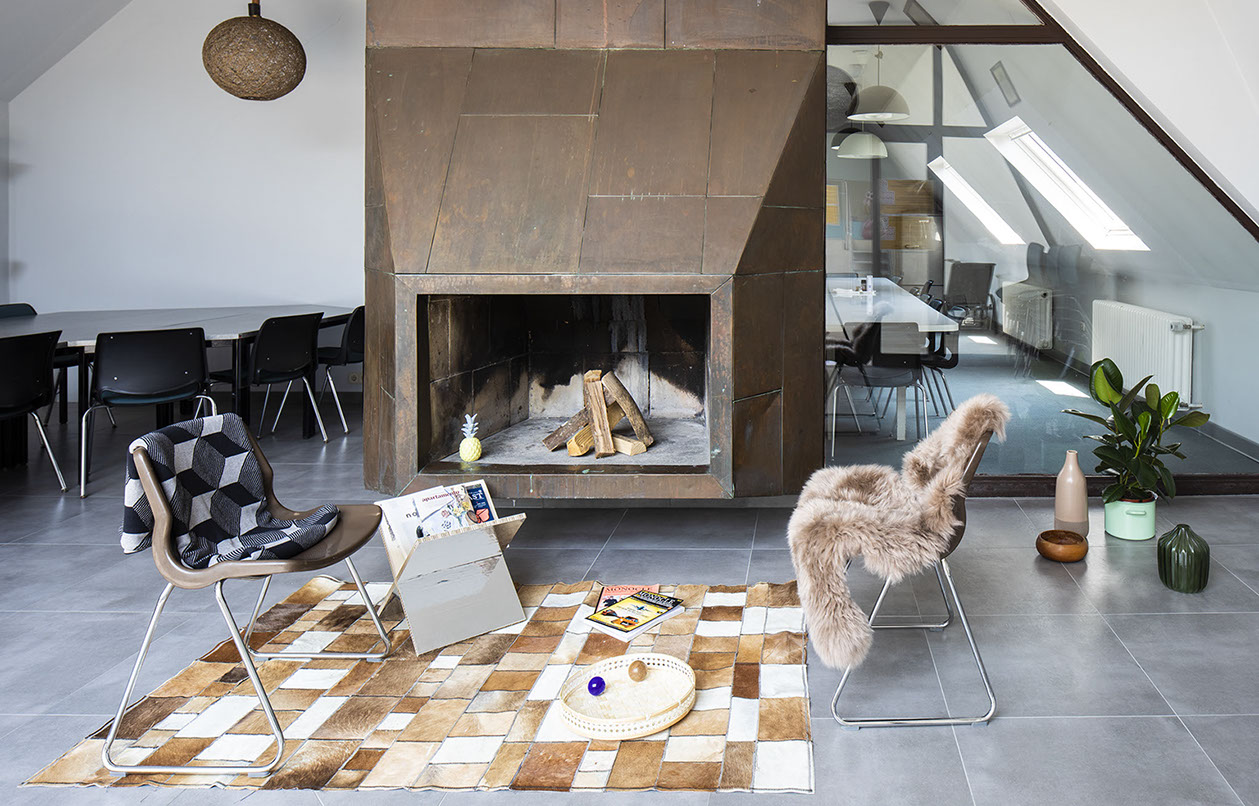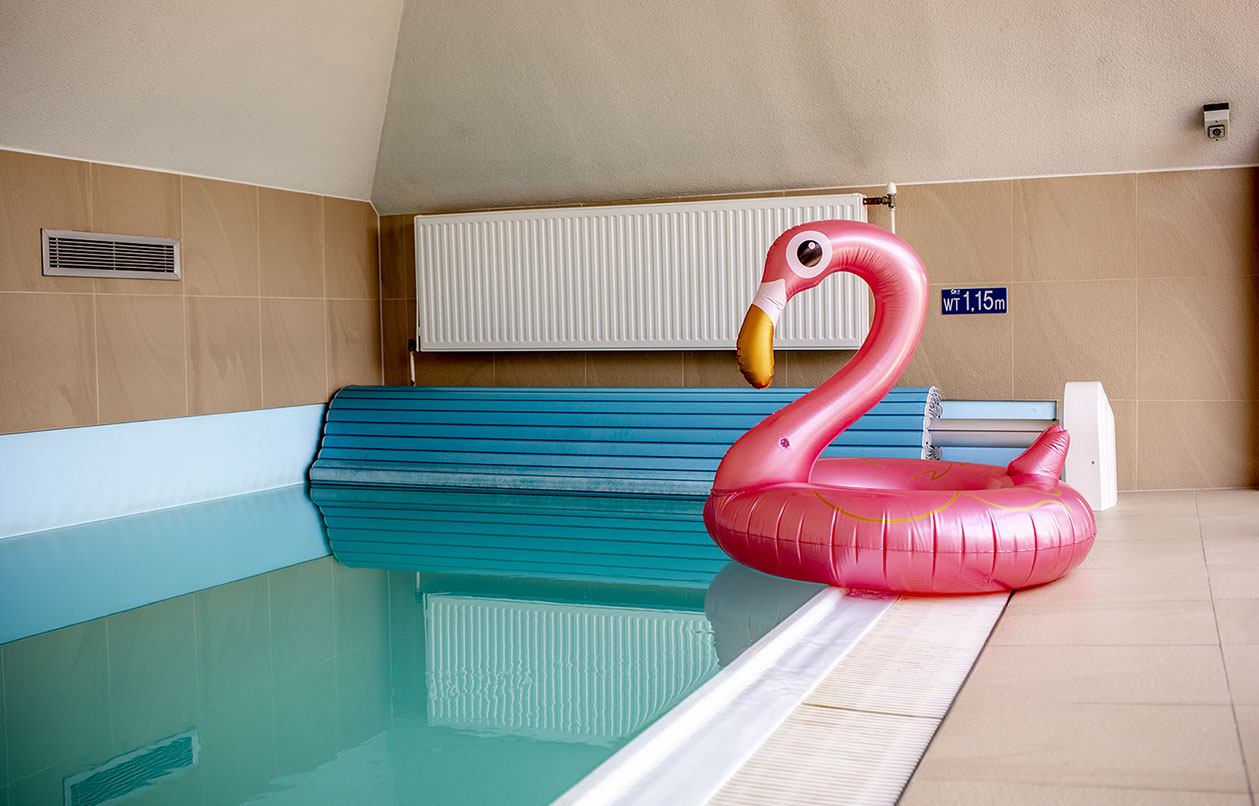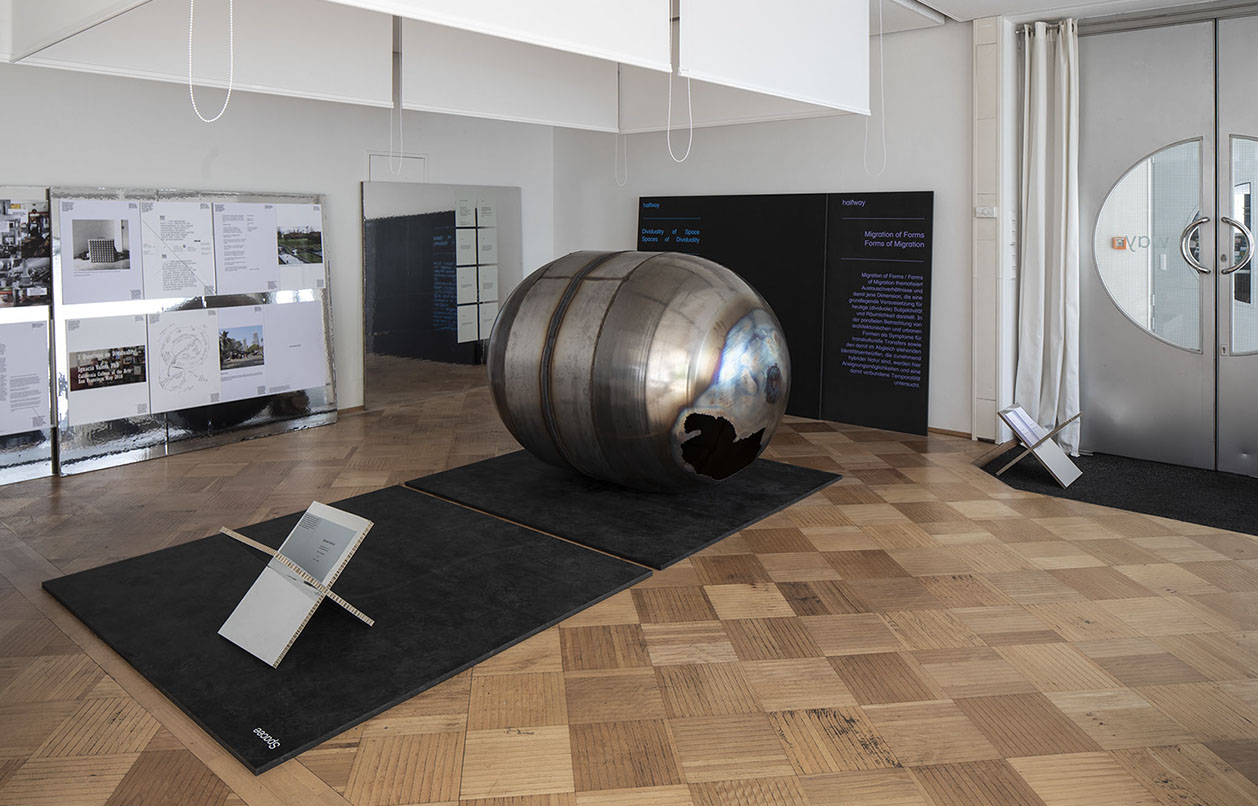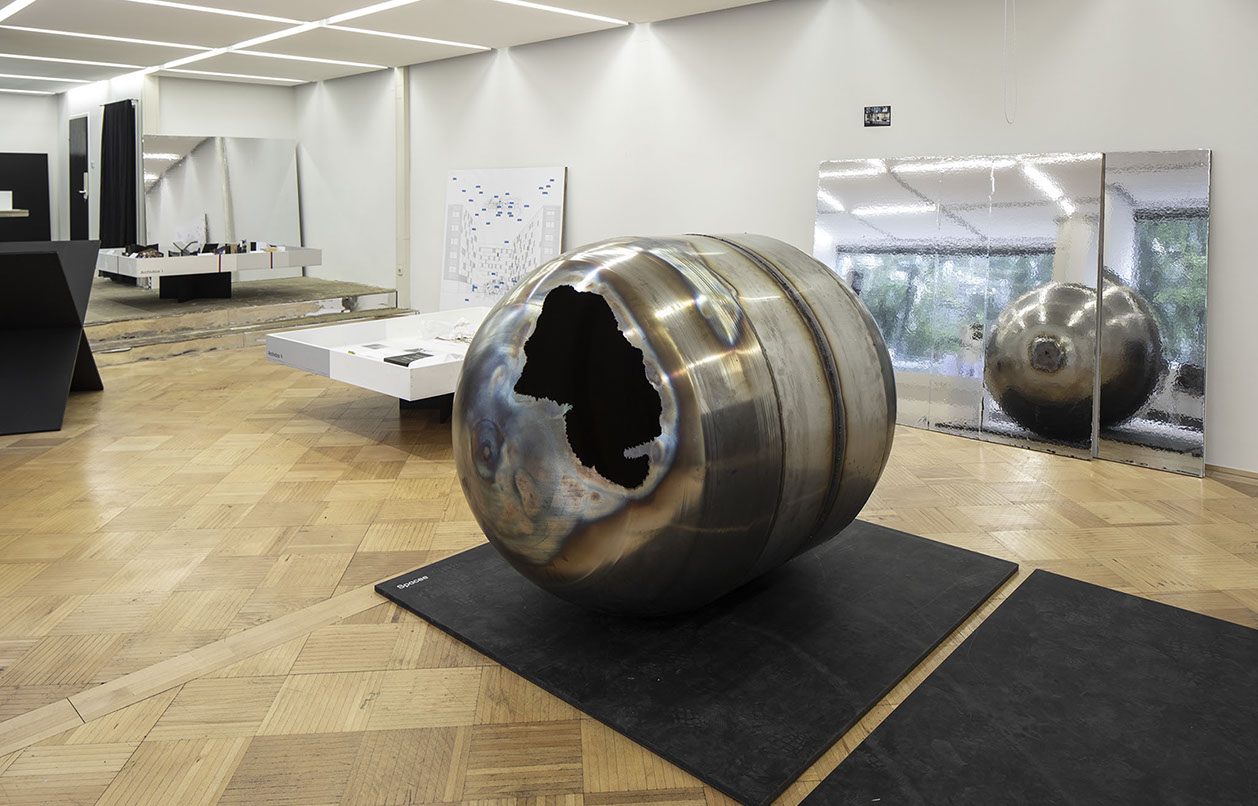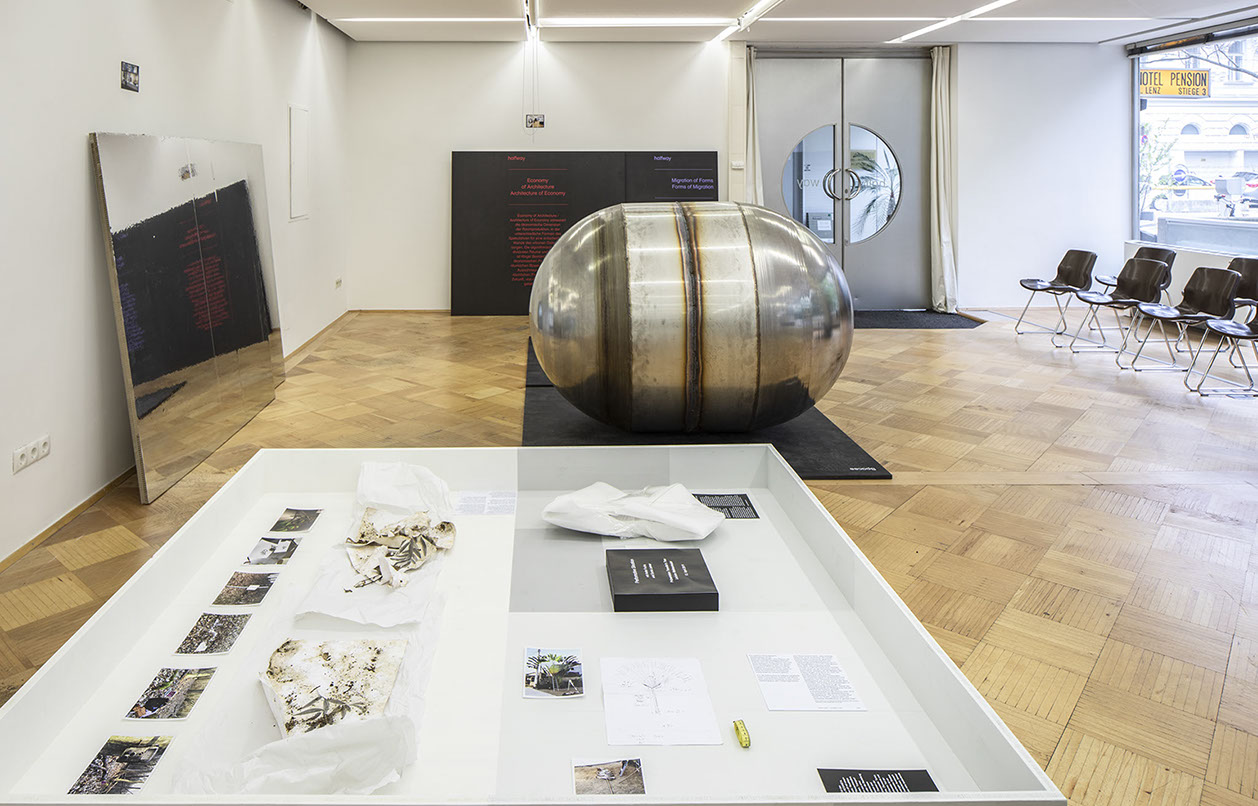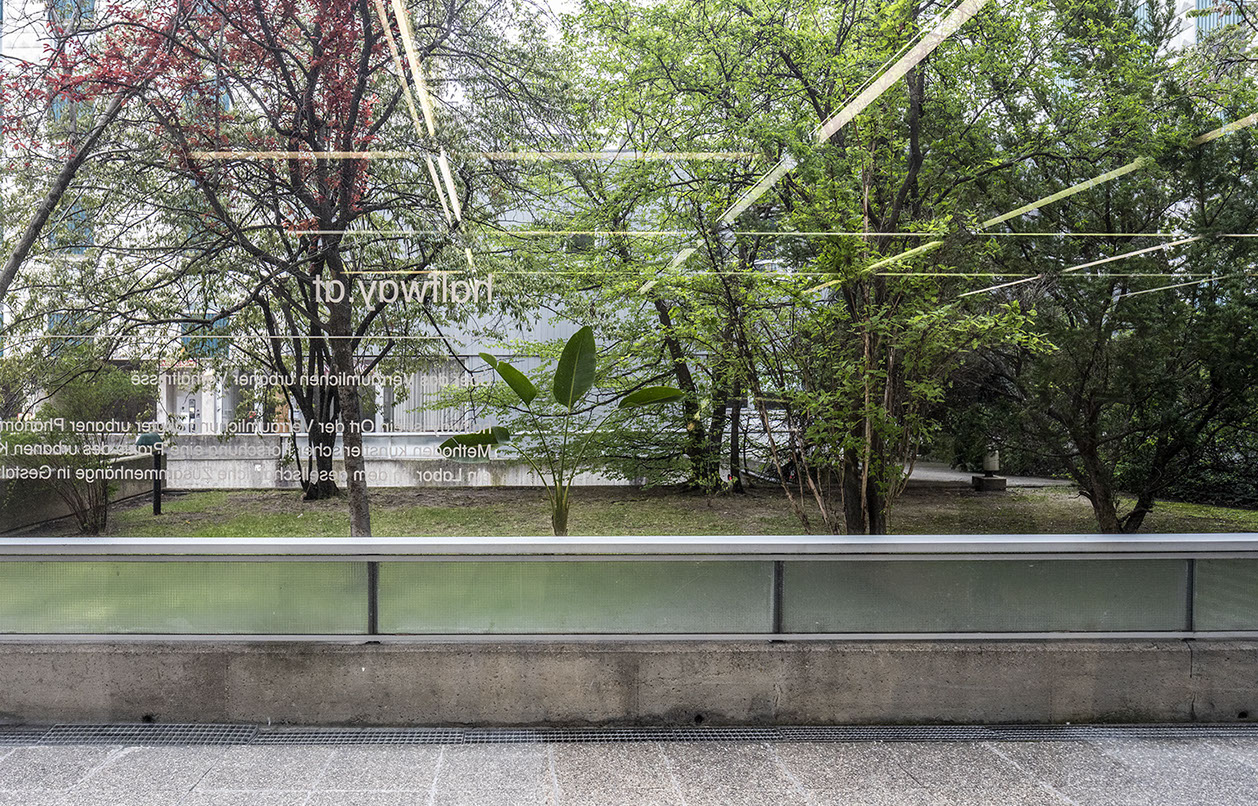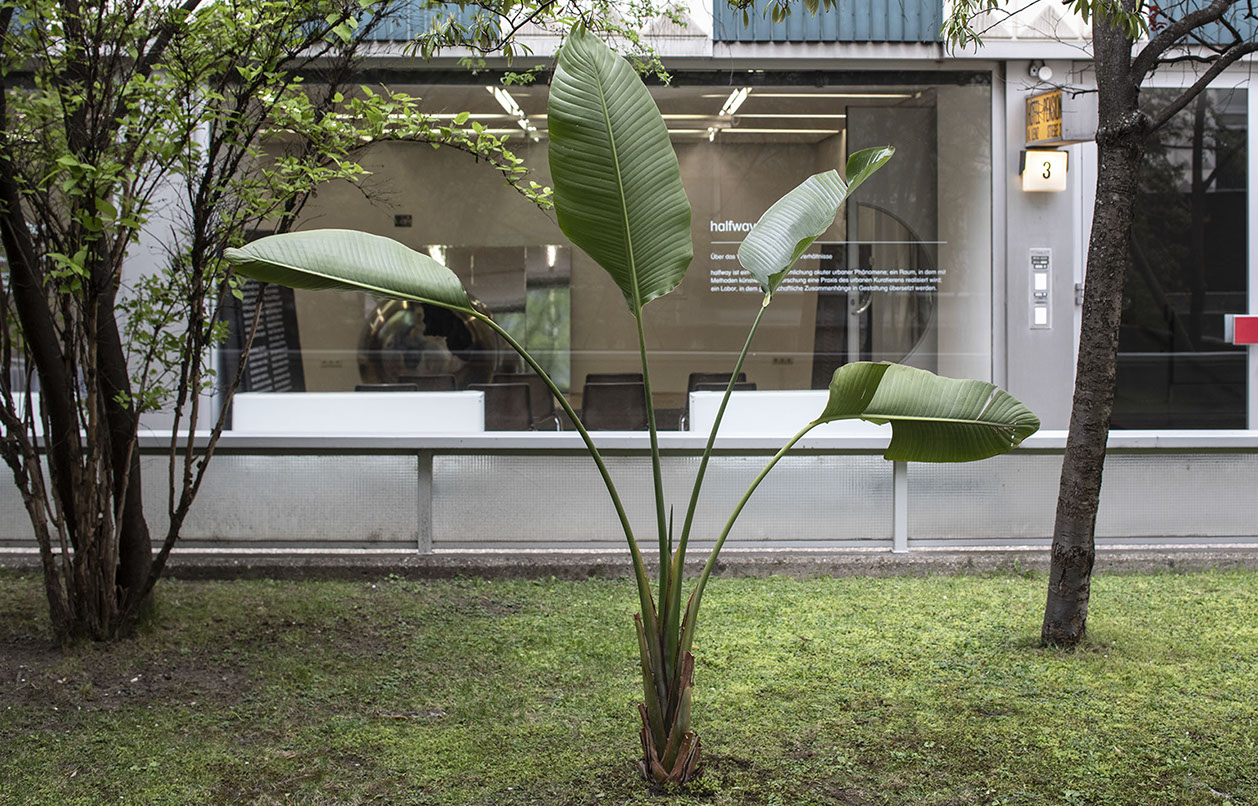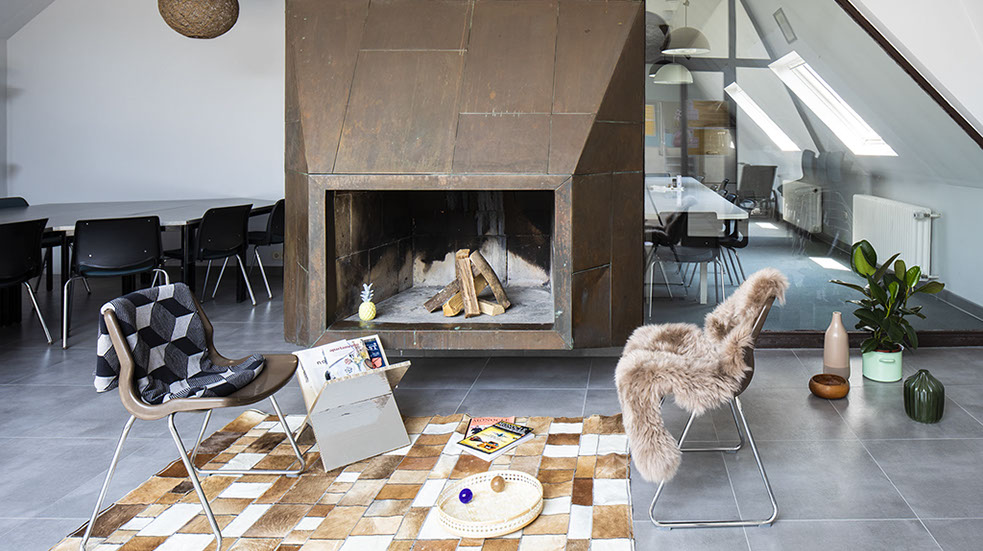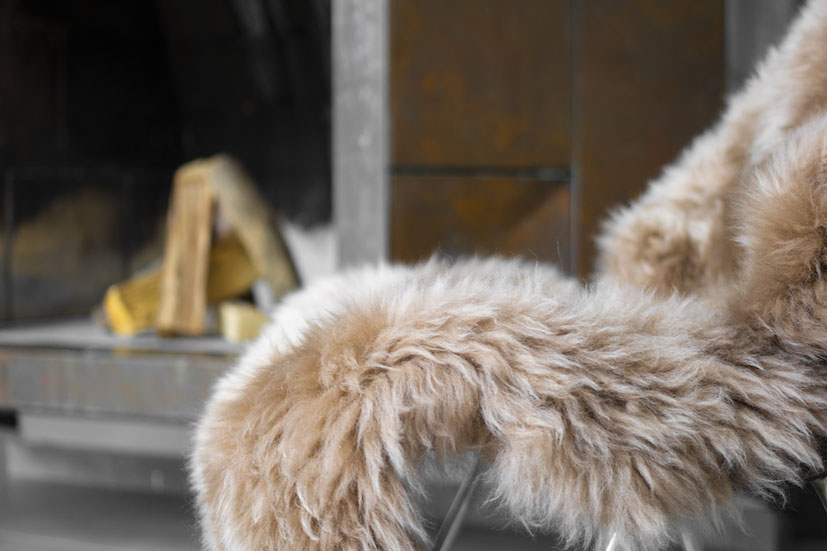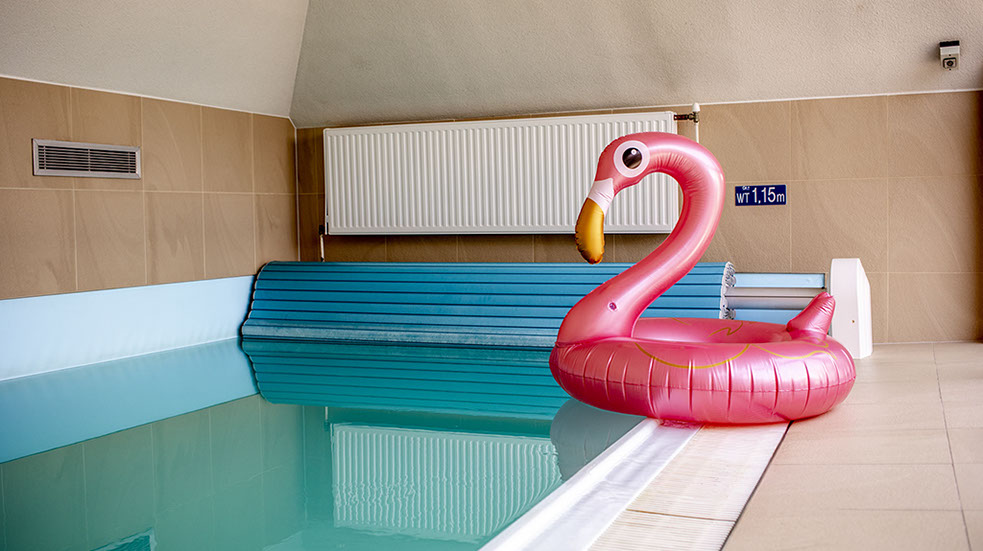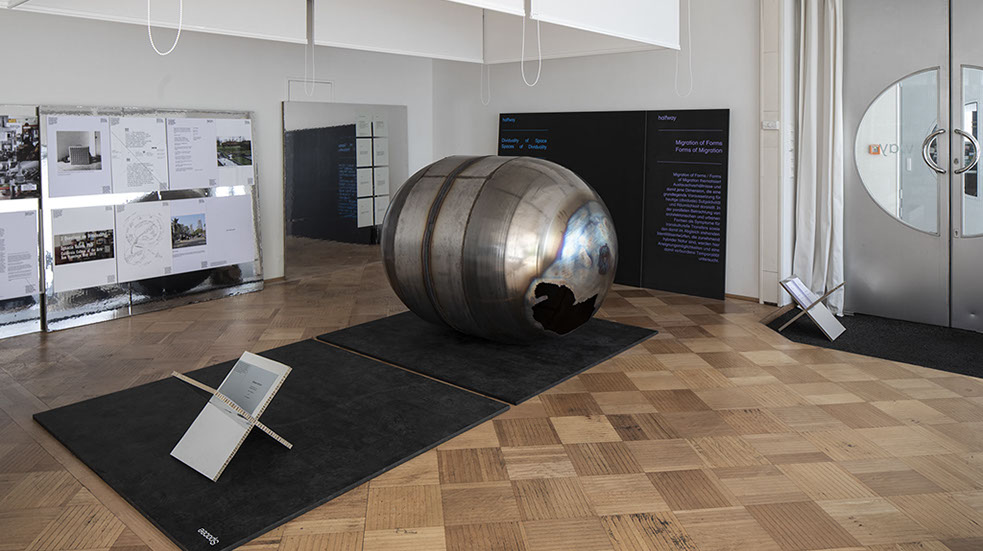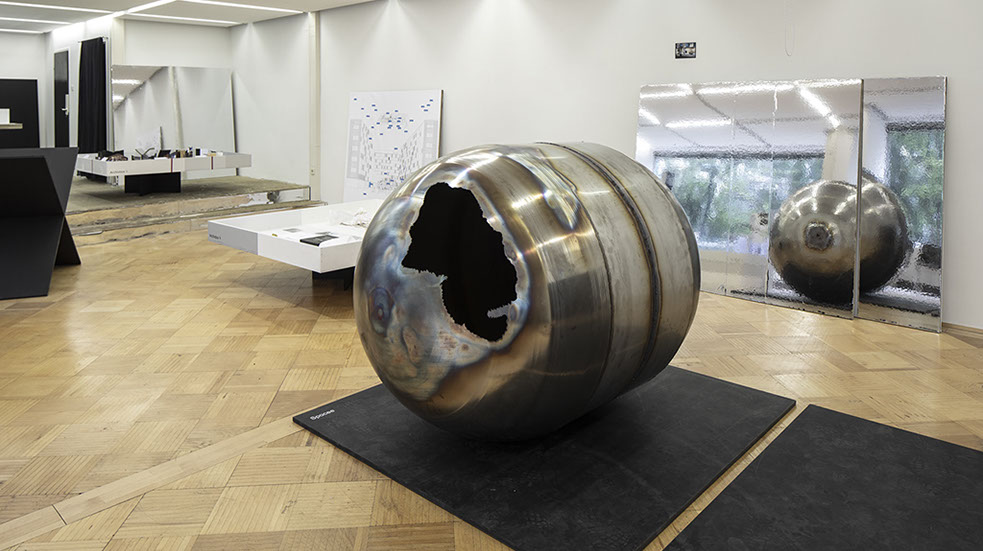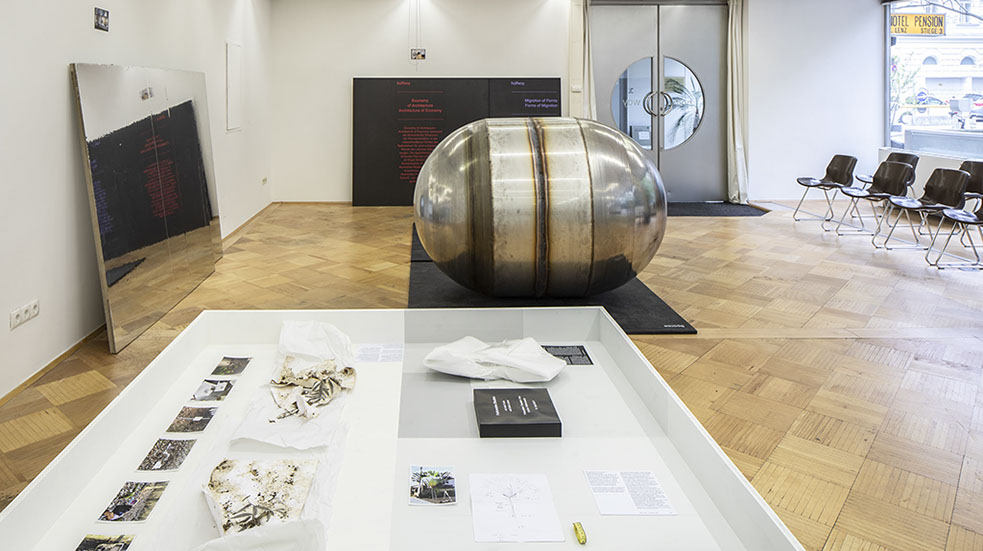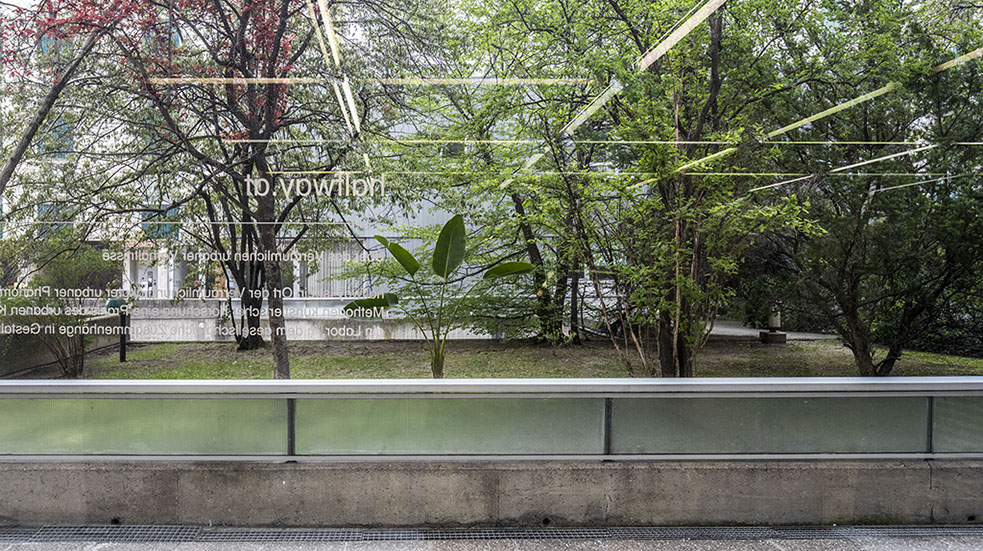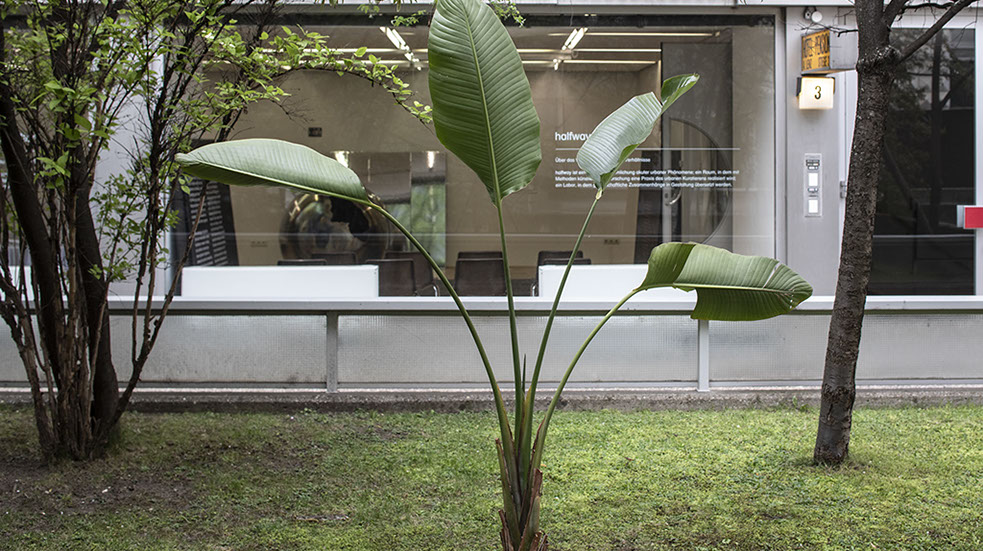Economy
of Architecture
Architecture of Economy
Migration of Forms
Forms of Migration
Migration of Forms / Forms of Migration addressed transcultural conditions of exchange and thus the dimension that is fundamentally prerequisite for today’s (dividual) subjectivity and spatiality. In the parallel consideration of architectural and urban forms as symptoms of transcultural transfers as well as the correlating identity designs, which are increasingly hybrid in nature, possibilities of appropriation and an associated temporality were investigated.

Anita Fuchs, Traveller‘s Tree
2019
Traveller's tree in the urban grove, drawings transformed by nature
Ryo Abe, Hide and Seek
2019
Installation, double-sided
reflective foil on glass
halfway, Archive Box 3
Spatialization of Prop-Talk 2 with
Peter Mörtenböck and Helge Mooshammer
Wood, painted
Research material
35
halfway, Archive Box 4
Material on the performative setting by
Anita Fuchs and Sonia Leimer
Wood, painted
Transformed drawings, photos, video, Space Junk fragment
36
Azra Aksamija / The Future Heritage Lab,
T-Serai, Textile Systems for Engagement and Research in Artistic Impact
2019
Tapestry
halfway, Wer & Wo Axo
Axonometric projection of the Halbgasse 3-5 building complex
Poster
37
Sonia Leimer, Space Junk
2019
Sculpture, stainless steel
halfway, Spacee Derivative
Communication and presentation tool
Roller blinds, projections
22
halfway, Spatial Table (Serial Project 1, 2, 3, 4)
Communication tool, film set
Model, table, monitors, props
23
halfway, Manga Kissa Derivative
Communication tool, retreat space,
video archive
MDF, monitor, photos
20
halfway, Archive Box 1
Material on Spatial Table
Wood, painted
Research material, photos, video footage
18
Wolfgang Thaler, photographic archive essay
2018-2019
Continual photographic documentation of the space
31
halfway, Q&A display elements
Photos, collage, poetry and text
contributions, drawings, video
halfway, Archive Box 2
Spatialization of Prop-Talk 1with
Roman Seidl and Felix Stalder
Wood, painted
Research material, props
19
more about Migration of Forms / Forms of Migration
Prop-Talk 3 with Christian Berkes
Lecture by Sonia Leimer: Space Junk
Intervention by Anita Fuchs: Traveller's Tree
Bookpresentation by Michaela Büsse: Migrant Journal No. 6
Presentation by Azra Akšamija / The Future Heritage Lab: T-Serai
Intervention by Ryo Abe: Hide and Seek
Q&A for Migration of Forms / Forms of Migration
more about Migration of Forms / Forms of Migration
Through its research into the transcultural dissemination of architectural and urban typologies in its second chapter, halfway addressed the contemporary impacts of migration on urban space. The exchange of architectural typologies, symbols, or forms has been a constituent element of urbanism since the early modern period. Although only marginally investigated thus far, we found it essential to focus on this topic parallel to the migration of individuals.
If one is to speak about the migration of form today—beyond the transfer of aesthetic codes, formal language families, and design styles—one must look, above all, at those platforms that became so influential in the production of “taste” that now a type of space driven by global image production seems to have taken shape: the “AirSpace” (Kyle Chayka, 2016 [1]). This migration and proliferation of styles, which can only be inadequately described with tags like “shabby chic”, “post-industrial”, or “hand-crafted”, reflect a harmonization and assimilation process into a global aesthetic that is produced, not least, by algorithms: Apps like Foursquare, Instagram, or Pinterest, but also Airbnb and WeWork, are increasingly defining the design criteria for spaces of the present. The associated filter bubbles do the rest to homogenize certain city districts frequented by the respective scenes in ever-shorter rhythms. This form of digitally intensified gentrification and homogenization is a key factor in an idea of architecture and city as an arrangement of (digital) infrastructures, spatial carriers for exchangeable images, surfaces, programs, data, and protocols.
Just how far this notion of space has already infiltrated directly into the architectural production of space, historically seen, can be read from the research works by Orit Halpern (2015) or Keller Easterling (2014), but also in the current plans of Alphabet’s urban development project Quayside in Toronto, where this concept of architecture performs its modulating, reactive, and dividualizing qualities already in the design and development phase: building structures with seamless transitions between inside and outside, facilitated by sensor-controlled, adaptive frameworks, which can be reprogrammed depending on the time of year or market curve. The assumed predictability of (in)dividual wishes and preferences, building upon Google’s big data analytics, is employed here as a primary design strategy. Frictionlessness and seamlessness go hand-in-hand with an image politics implicitly based on the principles of AirSpace:
The frictions, tensions, and irregularities of the urban environment are replaced with (theoretically) smoothly interlocking systems of innovative equilibrium. And the role of the citizen is whittled down into that of a producer of data for invisible systems to crunch. – Molly Sauter [2]
In light of this dilation of aesthetics and form into a modulable and reconfigurable image in architecture and spatial production, halfway asked how these hegemonies are manifesting in space today. As the ideology of the correlation of form and content, of design and attitude, seemed hopelessly exhausted by the above developments, halfway employed artistic formats of transfer, translation, and delocalization to investigate those policies opposed to the homogenizing logics of AirSpace, which insist on a materiality of form as a placeholder for resistant processes.
Given the proliferation of formats and methods of migration in a globalized world, it seemed of utmost importance to examine the divides, contradictions, and new island formations, which appear to be a side effect of a post-political city allegedly without alternatives or seams.
The frictions, tensions, and irregularities of the urban environment are replaced with (theoretically) smoothly interlocking systems of innovative equilibrium. And the role of the citizen is whittled down into that of a producer of data for invisible systems to crunch.
[1] Chayka, Kyle. “Welcome to AirSpace.” 2016. www.theverge.com/2016/8/3/12325104/airbnb-aesthetic-global-minimalism-startup-gentrification.
[2] Sauter, Molly. “City Planning Heaven Sent.” eflux (2019). www.e-flux.com/architecture/becoming-digital/248075/city-planning-heaven-sent/.
Prop-Talk 3 with Christian Berkes
June 13th, 2019, halfway
We held Prop-Talk 3 with Christian Berkes of the Berlin based publishing company botopress, which dealt with the disruptive effects that platforms like Airbnb have on urban space, but also on the development of new aesthetics in this context. The term AirSpace represents one of the first descriptors of a new form of post-political, seamless space, which structurally veils its borders and sometimes makes them invisible, yet is all the more deeply anchored in the calculative logic of exploitation running in the background.
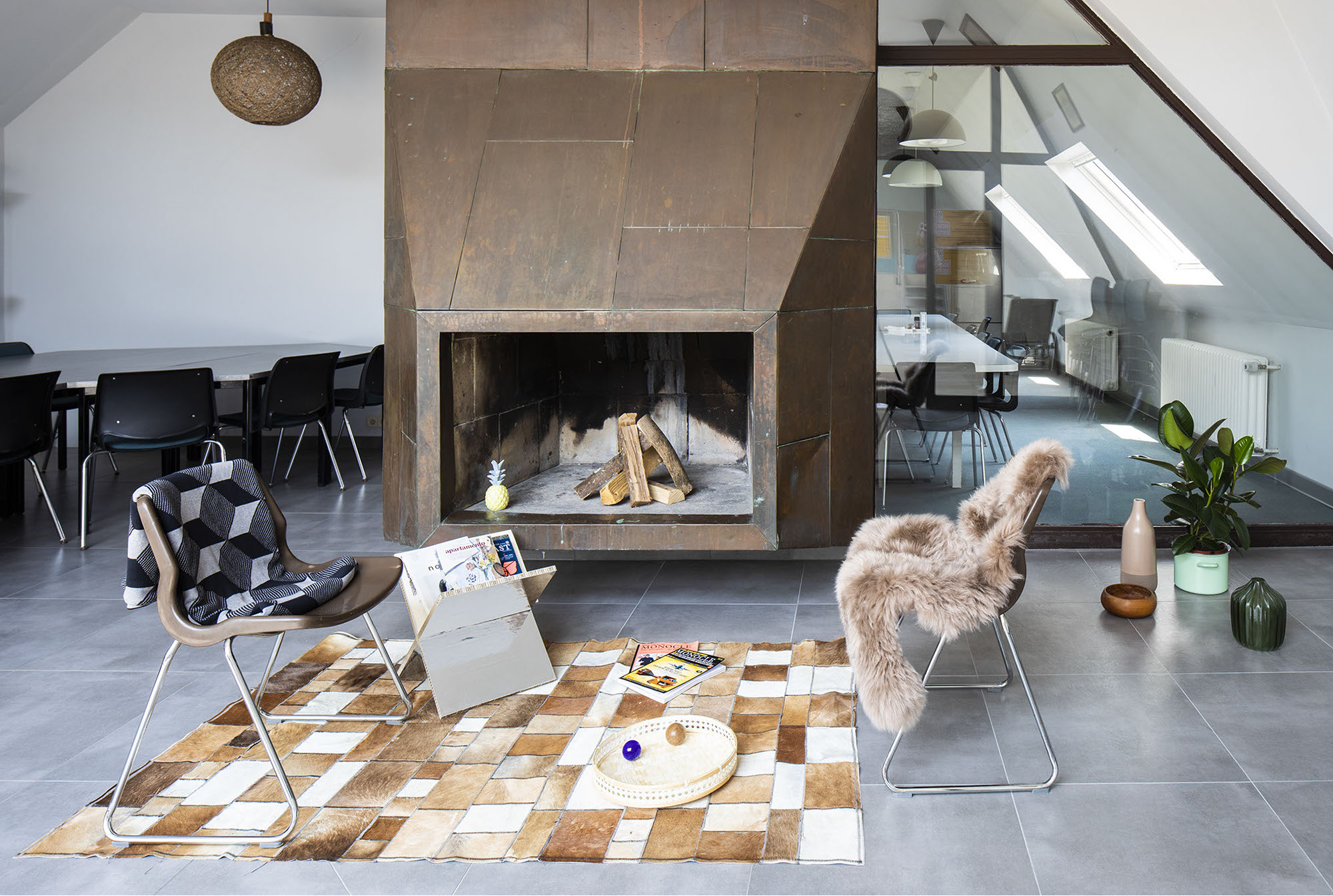
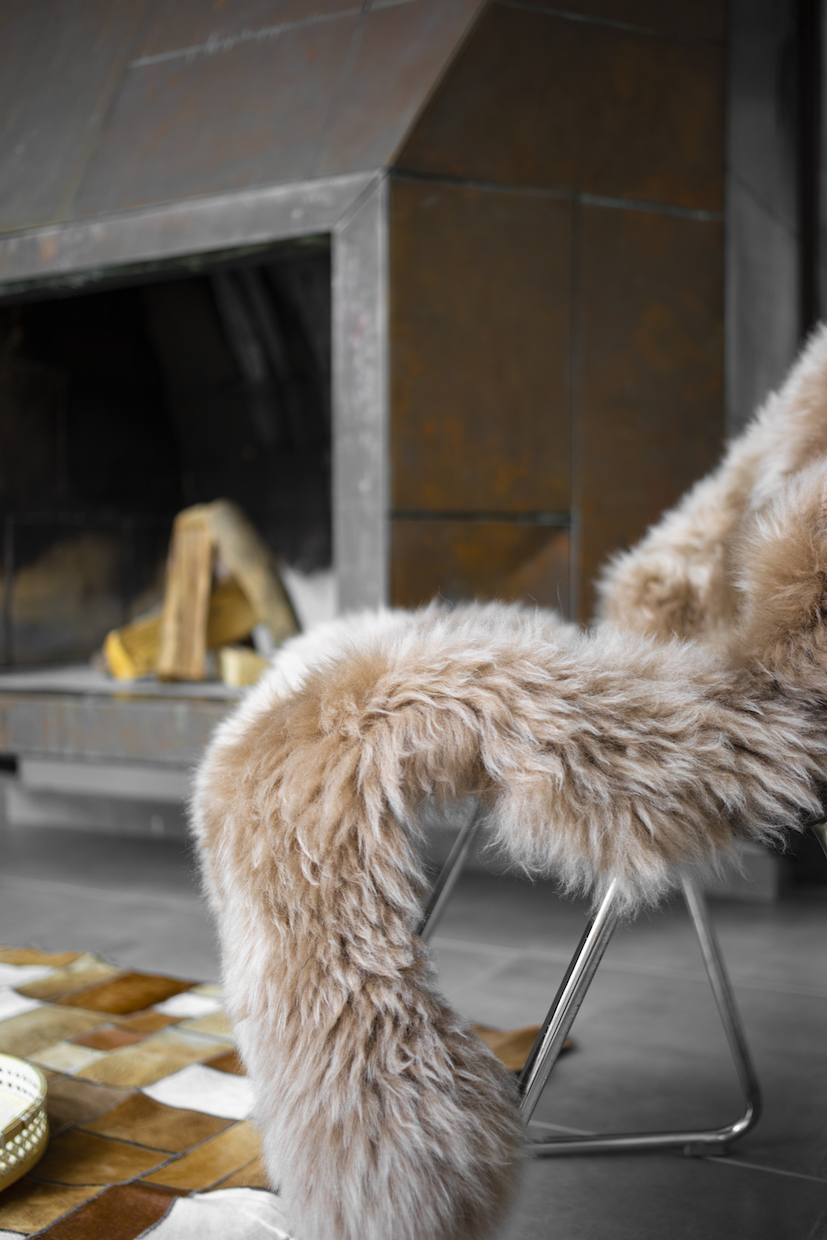
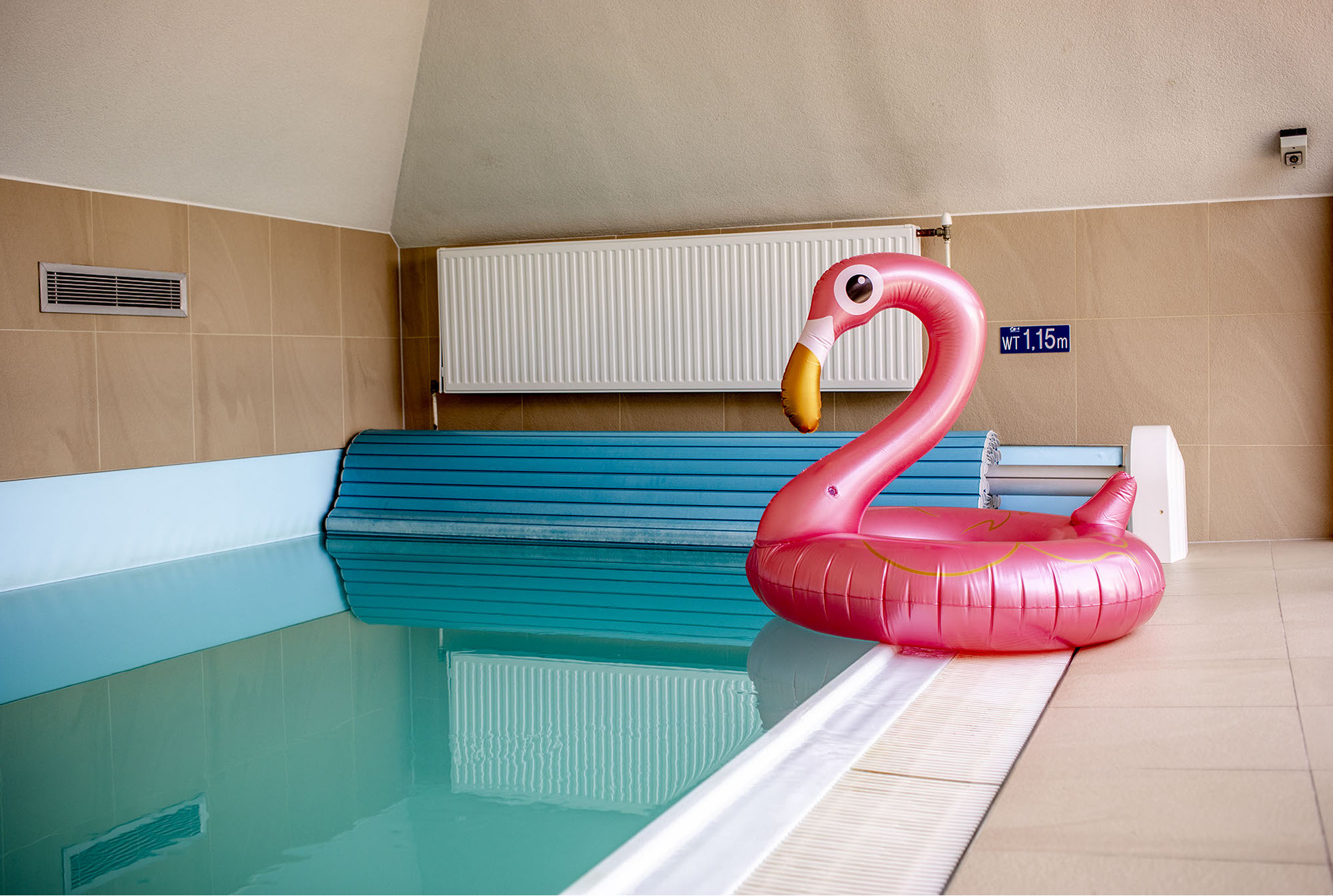
Airspace-Installation at the fireplace of the recreational storey
June 2019, © Wolfgang Thaler
Airspace-Installation at the fireplace of the recreational storey
June 2019, © Wolfgang Thaler
Airspace-Installation at the pool of the recreational storey
June 2019, © Wolfgang Thaler
<
>
Weltraumsalat and Space Junk – Sonia Leimer
Lecture and Intervention, April 12th, 2019, halfway
In her lecture Weltraumsalat (Space Salad) Sonia Leimer covered a range of topics, from space debris and artificially cultured “space salad” to the transformation of the traditional Marlengo Apple Crown. Through this broad spectrum of themes it became evident how forms and objects from different cultural and historical contexts migrate, change, and thereby make societal and spatial transformations tangible. Her sculpture Space Junk—part of the spatial setting in halfway—was based on a piece of space debris that crashed down in Saudi Arabia in 2001. In this uncontrolled collision of material the structure of geopolitical power relations becomes just as visible as the paradoxical physical weight of global infrastructures, which produce the apparently so smooth and immaterial networks of our digital environment.
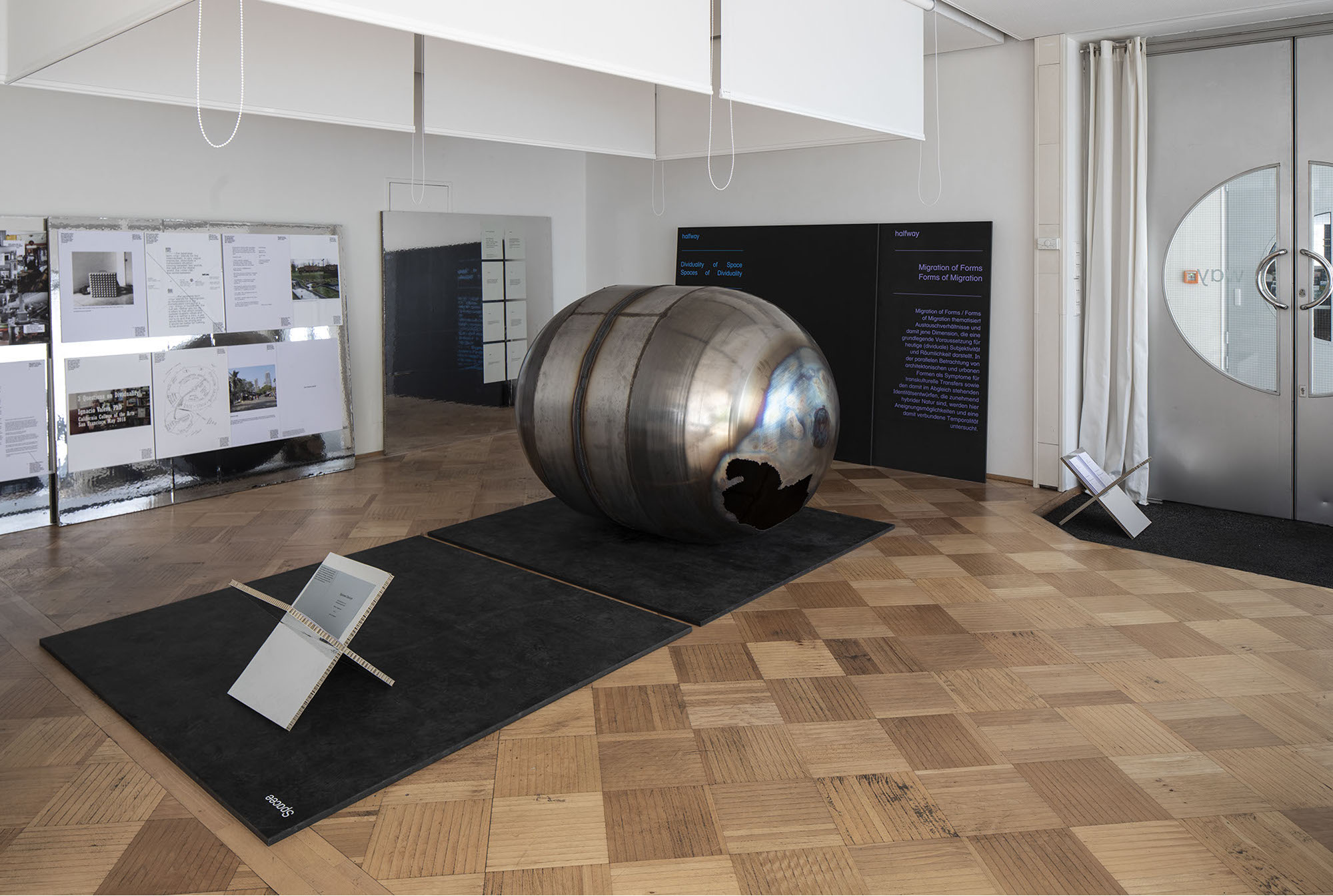
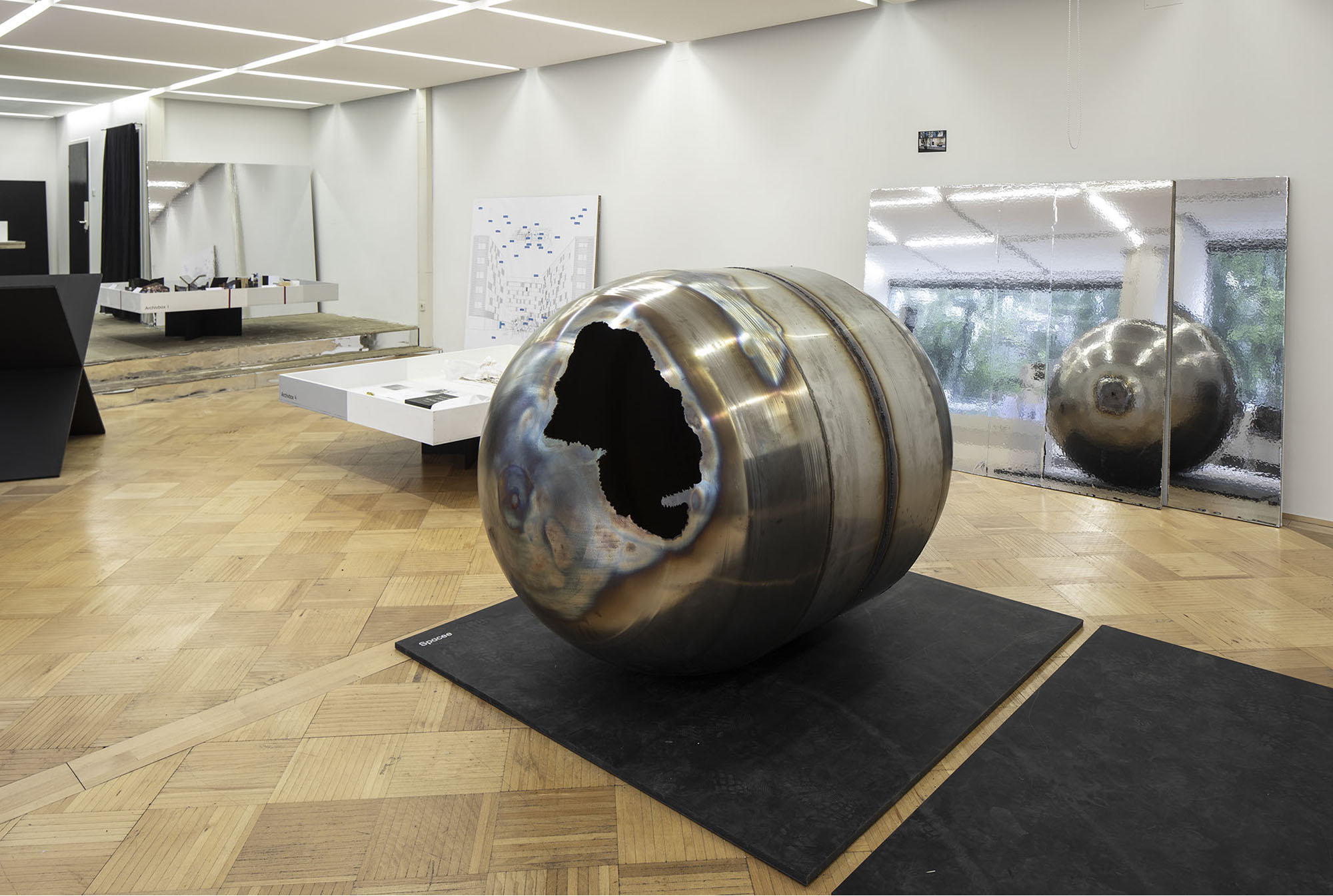
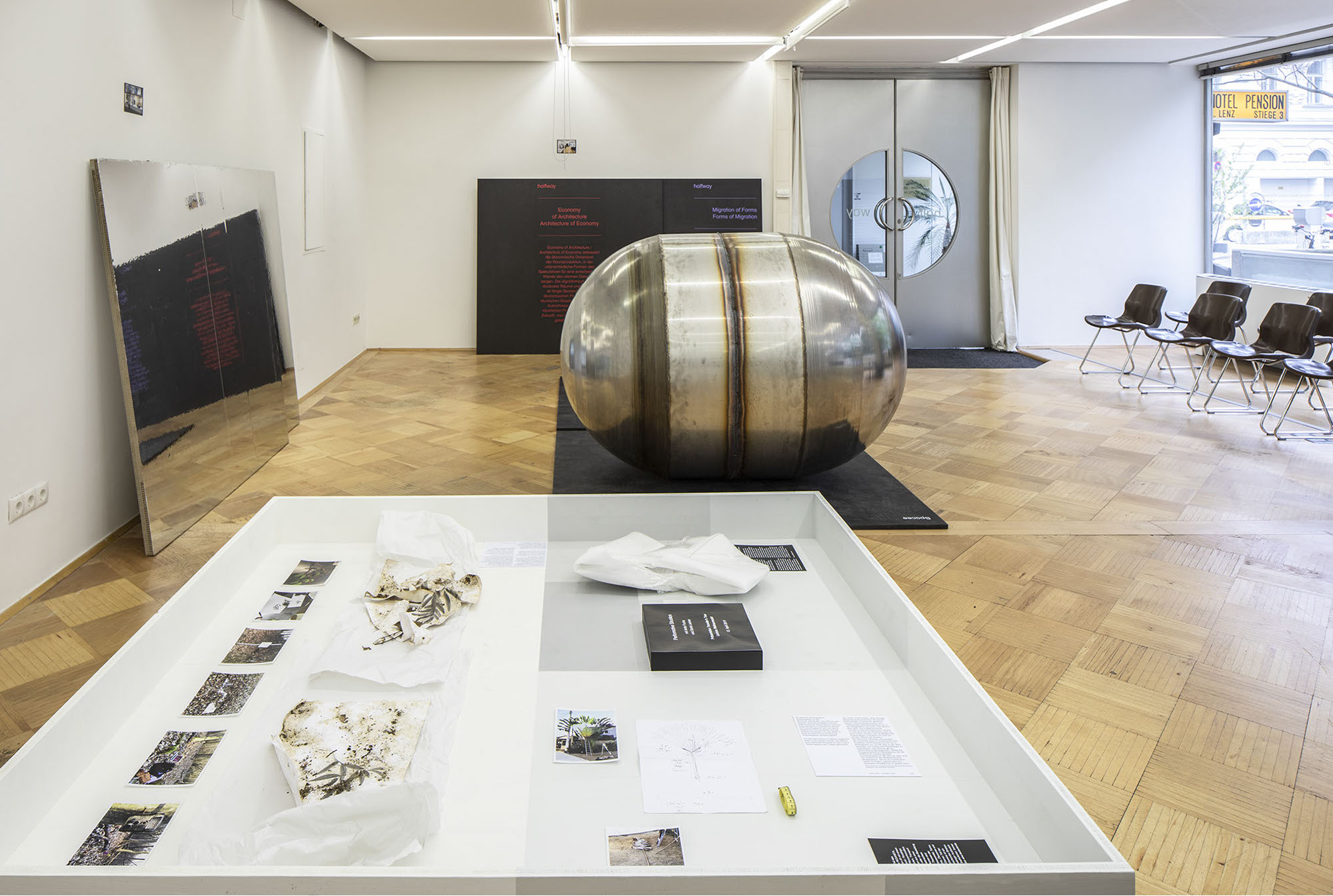
Space-Junk – Sonia Leimer
April 2019, © Wolfgang Thaler
Space-Junk – Sonia Leimer
April 2019, © Wolfgang Thaler
Archivebox and Space-Junk – Sonia Leimer
April 2019, © Wolfgang Thaler
<
>
Traveller's Tree – Anita Fuchs
Intervention, April 12th, 2019, halfway
The work Traveller’s Tree by Anita Fuchs linked and deformed three different plants and their habitats: the overly cultivated urban grove of the halfway building complex, a Traveller’s Tree from a coastal region of Mexico, and a woodland outdoor workplace on the Austro-Hungarian border. In this idiosyncratic overlap the plants themselves became protagonists that spoke of fashions, aesthetics, and political relations.
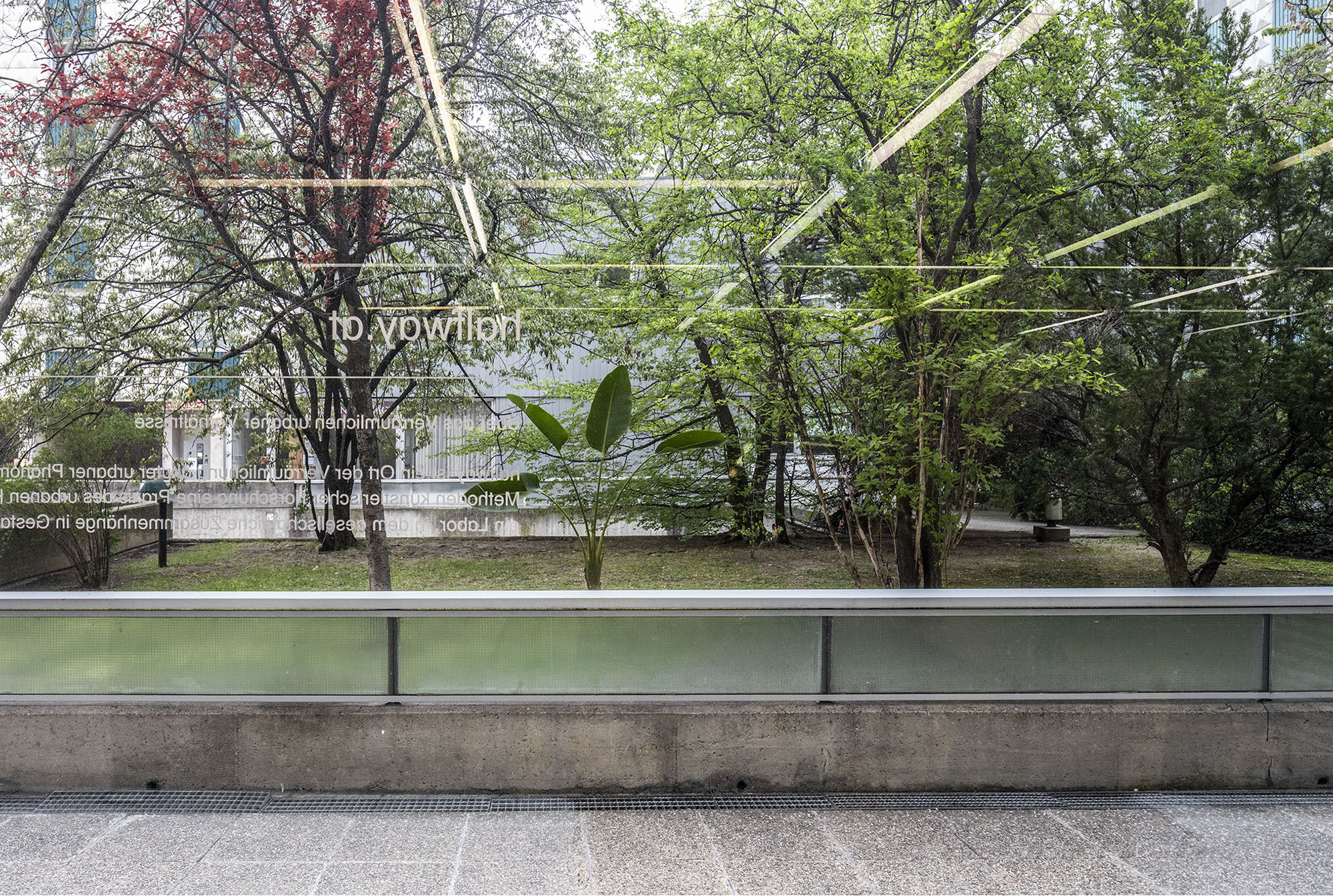
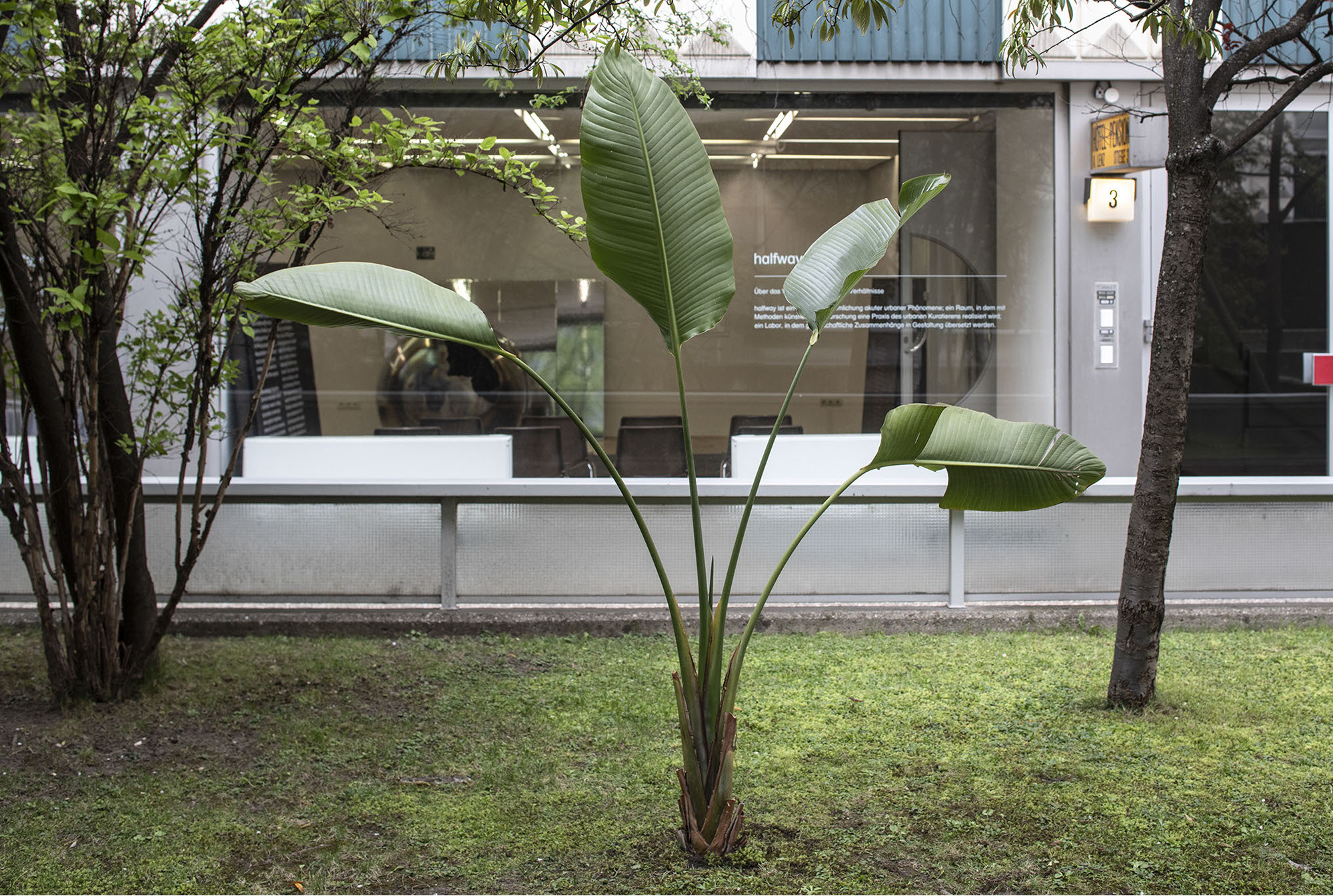
Traveller's Tree – Anita Fuchs
April 2019, © Wolfgang Thaler
Traveller's Tree – Anita Fuchs
April 2019, © Wolfgang Thaler
<
>
Migrant Journal No. 6 'Foreign Agents'
Magazine presentation and Lecture by Michaela Büsse
June 25th, 2019, halfway
The complexity of the reciprocities between migration and form was explored in the discussion with Michaela Büsse from MIGRANT JOURNAL. MIGRANT is conceived as a project that addresses this thematic framework consciously and transdisciplinarily from heterogeneous perspectives. As an argument against simplifying concepts of authenticity, originality, or identity, it portraits a cosmos of hybrid forms across all genres.
Tapisserie T-Serai – Azra Akšamija, The Future Heritage Lab
The tapestry T-Serai, a prototype of Textile Systems for Engagement and Research in Artistic Impact, was made available to halfway by Azra Akšamija in collaboration with The Future Heritage Lab (MIT). T-Serai illustrates a cultural approach for humanitarian interventions by creating modular tapestries that can be combined into mobile cultural protection zones. The tapestries are produced in workshops that aim to stimulate transcultural exchange and cooperation within the community of the displaced. Historical patterns and textile handcrafts are reinterpreted in the reverse appliqué technique with recycled clothing. The overproduction of the global textile industry is seen as a resource for new forms of heritage preservation: The T-Serai tapestries can be used to store, isolate, and document personal memories.

T-Serai – Azra Akšamija / The Future Heritage Lab
August 2019 © Wolfgang Thaler
Hide and Seek – Ryo Abe
Spatial installation in halfway
July 2019, halfway
Ryo Abe developed the site-specific project Hide and Seek, which worked with the transfer and translation of architectural forms from the mixed-use complex Halbgasse 3-5 in the halfway display system. Here the constructed image—which represents the view from inside to outside (landscape/nature) and vice versa from outside to inside (display window/display)—was subject to a reflexive reciprocity: What is seen is perceived as a pixelated landscape. A digital mode of seeing intervenes in the economy of seeing / the gaze, using the symptomatic modular and generic form of the square or pixel.

Hide and Seek – Ryo Abe
August 2019 © Wolfgang Thaler
Q&A for Migration of Forms / Forms of Migration
Since the beginning of the project chapter-related questions had been sent to numerous actors in various fields of cultural production, which should trigger dialogues above and beyond spatial borders:
4
In which space, in which architecture do you see an embodiment of the dimensions of migration of forms?
Oliver Elser
Andreas Fogarasi
Lina Morawetz
Lina Morawetz
Peter Volgger
